(I did some semi-live updates during the installation, which helped work out some nervousness on my part. So that’s how this blog is organized.)
4:31 am. So excited about my solar panel installation! I would say that is why I’m awake at 4:31 AM, but really it’s due to insane jet lag. But excited none the less. The very cool thing is, that my installation was delayed, so now it gets to happen on Earth Day!
Unfortunately, I have to wait at least another four hours for the process to begin.
05:35 AM – Managed to drift back to sleep a bit there, but now wide awake. I’ve decided to go ahead and publish this blog and update it along the way today, in case people want to check out how its going – and also talk about what all is involved in turning a city rowhouse as much as possible into a passive and active solar home. The solar panels are one of my big climate steps, but there are other, smaller, ultracool steps I’ve taken along the way.
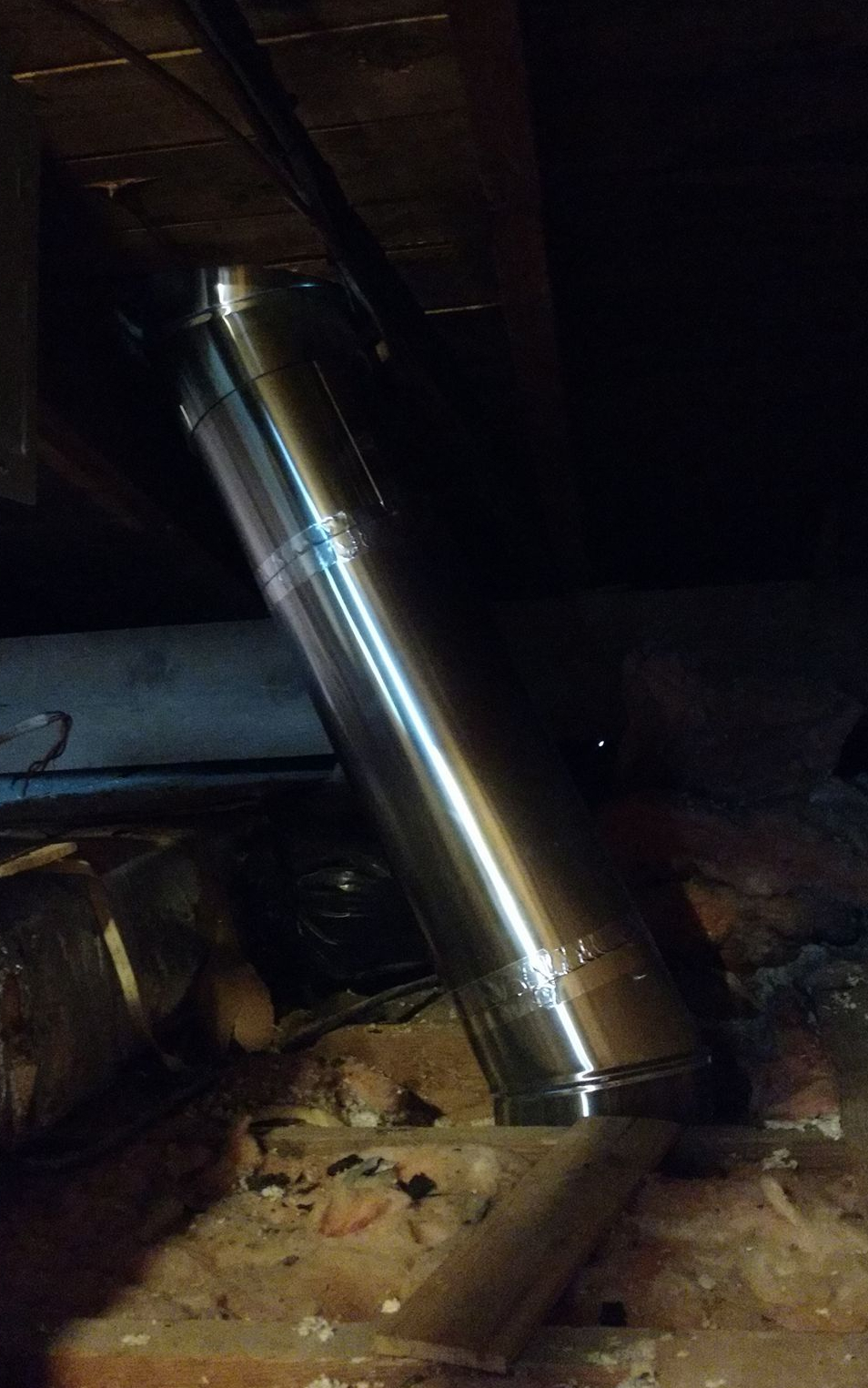
So, I thought I’d first start, while waiting for the big ticket item, by talking about the sun and the moon of my hallway: a wonderful, simple, very impactful passive/active solar tube, also called a light tunnel. Solar tubes are basically a tubular skylight, channeling light down from a clear dome installed on the roof, through a reflective tunnel to provide natural light in a home. In my case, in very dark interior hallway with no windows.
It’s perfect. It’s wonderful. The moon part comes in because the tube also contains a small solar panel, connected to a battery and then a LED light, that provides a night light that is somewhat bluer than my natural light (totally optional of course.)
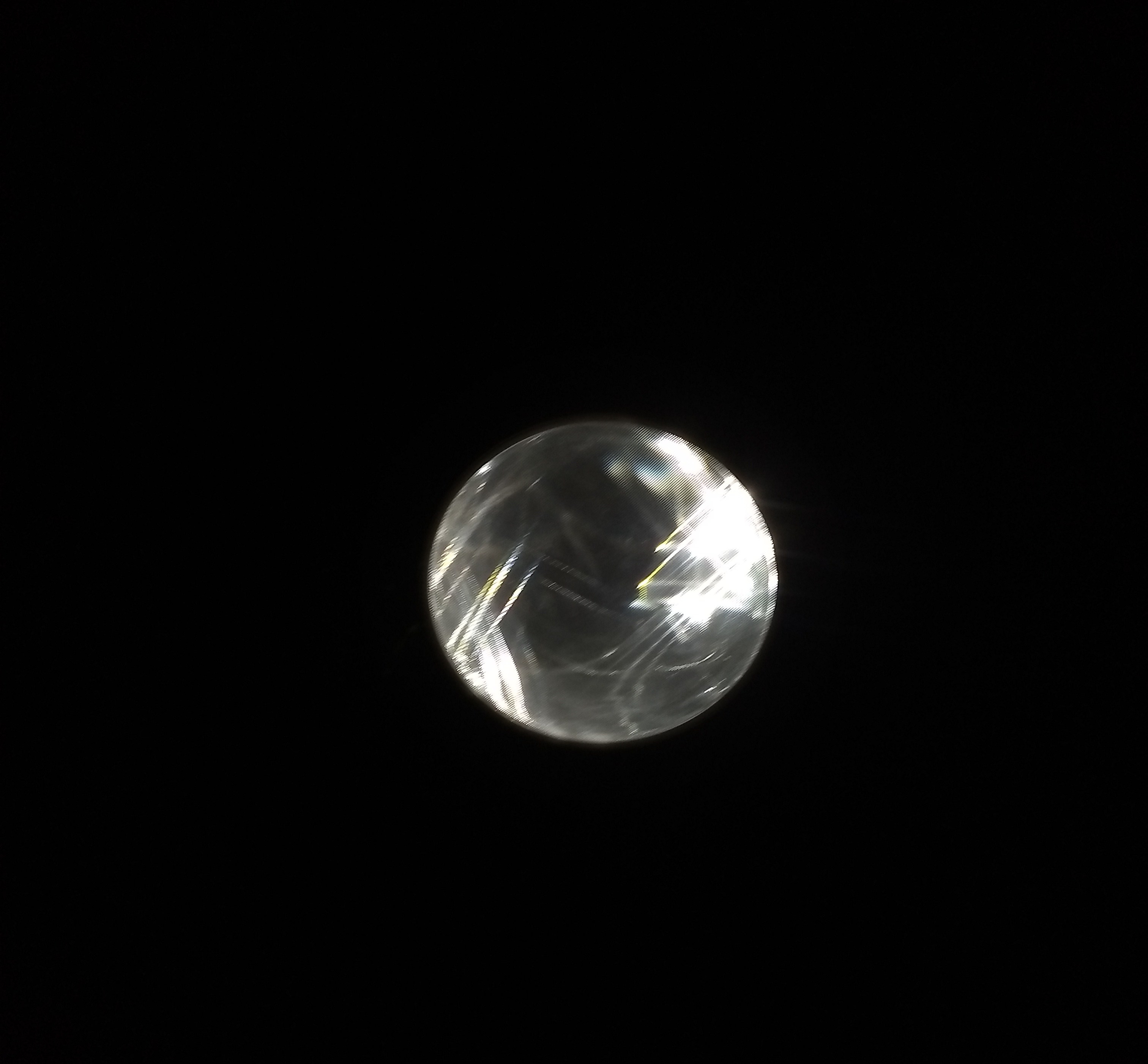
It looks like a moon in the shot I just took of it, doesn’t it! But it provides decent light during the night so that I don’t have to turn on a light while wandering the house with jet lag.
Here are pictures of the installation, and the day light provided.

There are two main companies that do solar tubes. https://www.amazingskylights.com/daylighting-systems/, which installs the SolaTube system, and http://www.veluxusa.com/help/before-you-buy/find-installer, which sells their products at Home Depot and other stores (but which you also can find installers for). I don’t like to promote any particular products on this site, just fyi, that I had mine installed via Amazing Skylights, and it worked nicely.
Okay, breakfast time, and time to recharge the computer batteries.
6:15 am. The sun rises! I get out of bed, dress, and open the blinds (always preferably in that order) – unveiling one of the best solar systems ever – windows and their blinds/curtains. In winter, you can open the blinds to help heat the house, and close them at night.
This 1915 rowhouse is oriented east to west, and the builders did add two passive solar features – a front porch on the east, and a south-facing window in the kitchen, where light was absolutely necessary for cooking at the time of gas lights and inefficient electric bulbs. (My house had both). However, this house gets hot during the summer due to the western sun – so a future feature I plan to get are some retractable (hopefully solar-powered) awnings to help keep the house cool.
Anyway, still haven’t had breakfast.
8:48 am. They came (after breakfast)! Tulio, Tom and Jonah of Edge Energy have set up, and are starting the electrical and monitoring boxes. I had to:

- Remove the compost (another solar process in my case, as I have it in a box made of old windows (with vents) to cook the food waste/leaves/grass clippings a bit faster, and
- Remove the clothesline – where the sun and wind dry my clothes. (I only use my dryer maybe once every other month.)
Edge Energy came through the solar co-op I joined in Washington, DC: Solar United Neighbors. The great thing about solar co-ops is that folks that group together can negotiate the bulk purchase of the panels and install. Solar United Neighbors provides neighborhood information sessions, and folks sign up. I don’t even know the other people in the co-op and don’t need to, although people can create groups of their own, such as immediate neighbors, and do the same thing. But by the time I had joined Solar United, my particular co-op group had already chosen the supplier/installer. After a little research, I was ready to go with them as well, but there are many other good-quality installers in DC, including those who you can just lease your roof to, instead of buy. A community blog will be written eventually in Green Neighbors DC (www.greenneighborsdc.org) for those interested in installers in DC.
9:51 am. Drilling, drilling into my house. The 14 panels of my 4 kWh system are going to be mounted on metal beams on the roof that cross my rowhouse from party wall to party wall (my sides of the party wall that is.) That means a lot of drilling on the roof, and for the electrical work in the basement.
One of the nice things about Edge Energy is that they use Sunpower panels from a factory in Mexico, close to the border, so they aren’t shipped from China or other far distances, burning more fossil fuel.
Just fyi, though, it was a four-month process getting permits, and fitting into an installation schedule that didn’t include rain.
10:48 am. Spent about 30 minutes holding my panicked cat as the whole house reverberated from drilling. Now it is less frequent, and she seems okay for the moment.
~12:00 pm. I wanted to cook with my solar oven, but the guys have taken up all the tablespace in the backyard, and I was too nervous to plan anything anyway. But here is what my solar oven looks like! And how powerful it can get; solar ovens can reach 600 deg Fahrenheit if you don’t monitor it (oops). Fyi, they come in a size bigger than this as well.
1:13 pm. After another hour of drilling and a lunch break – the panels are now going on!

The very cool and very blue front. One of 14 panels. 
The quite boring back. 
The power monitor, which will link up to a handy web page.
1:58 pm. It’s quiet. One truck has gone and they are packing up. And here it is! Jody, the Project Manager, took a picture for me, as I’m scared of going up to my roof, three floors up.
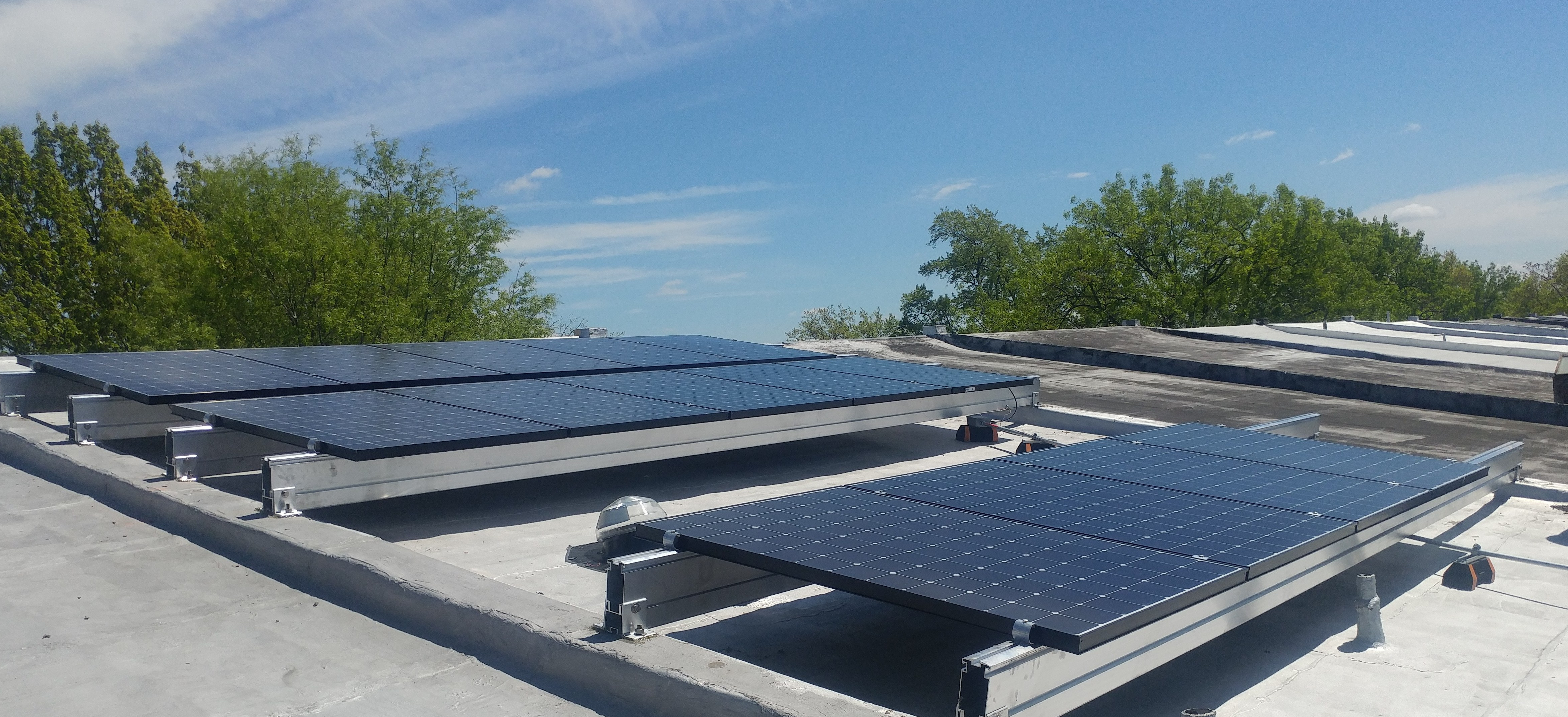
So what’s next? I can’t immediately flip the switch and get solar. First, I have to be inspected by the city for the electrical work, and then the installer will coordinate with the utility company to turn make sure the meter is set up for handling this. It could be another three weeks, actually, which is a bummer, because I was hoping for three days.
But, soon, it will be on – in time for the long days of summer. And then the power I don’t use will start going back to the grid, and my quarterly checks will start accumulating. (Imagine my hands rubbing together gleefully.) Of course, it will take me sometime to pay off the money towards this system, but not that much, due to DC State and Federal tax credits, cost savings from electricity, and selling my extra electricity to the utility. At a rough guess, I am thinking I’ll start making a profit in five years. According to the estimate given to me by Edge Energy, I will have made a $17,707 profit in 10 years. Man, I’m looking forward to that.
Better yet, in 40 years I will have offset 281,183 lbs of CO2, and saved 105 acres of forest.
Although it is hard to come up with the money up front, in the end, it is a win-win. Plus, it forces utilities (though some utilities/cities are encouraging it) to create power grid systems that can handle more distributed, renewable power.
This is a prime example of individual action that creates more carbon impact than the sum of the individuals’ efforts.
5.1.2019. It passed city inspection! (Brill, as my British friend/colleague Eva says, short for brilliant). One of the installers (Peter) then fired it up and tested to make sure all is well with each of the 14 panels. Unfortunately, he then had to turn it off again – as the electric utility (Pepco) next needs to adapt the algorithms in the metering system for the solar. Sigh.
5.8.2019. 2:10 pm – I got to switch it on!!! Finally got the ok from Pepco. The cool thing is there’s a big handle on one of the boxes outside, that you push up and lock with a satisfying “thunk.” So exciting!
I immediately went in to start seeing how much I was generating – on a cloudy day. It took about an hour for the wireless mobile connection to begin generating data. But for most of the rest of the afternoon, I generated more electricity than I used, and sent it out to the grid. It will take a few years to pay off the system – in terms of federal and DC tax cuts, saved energy, and sold energy, but it feels great.
Interestingly enough, it has made me much more self-conscious about the electricity I use.
I still have extra space on the roof. I look forward to the day when Pepco lets us put more panels on the roof than our expected electrical generation. There’s so much potential here in DC.
Thanks for taking this ride with me. I hope you can take a similar one soon. Solar is now a force in this world to be reckoned with, as seen in this screenshot a ClimateSteps community member and Climate Reality Leader Brian Ettling, @BrianEttling, took early last year of Portland.

Oh – P.S. Other ways I’ve gone solar with my house include a solar motion detector, a solar battery recharger, and of course, the plants in my house which help clean the air. More to come! Maybe I’ll throw a wind turbine in there somewhere.

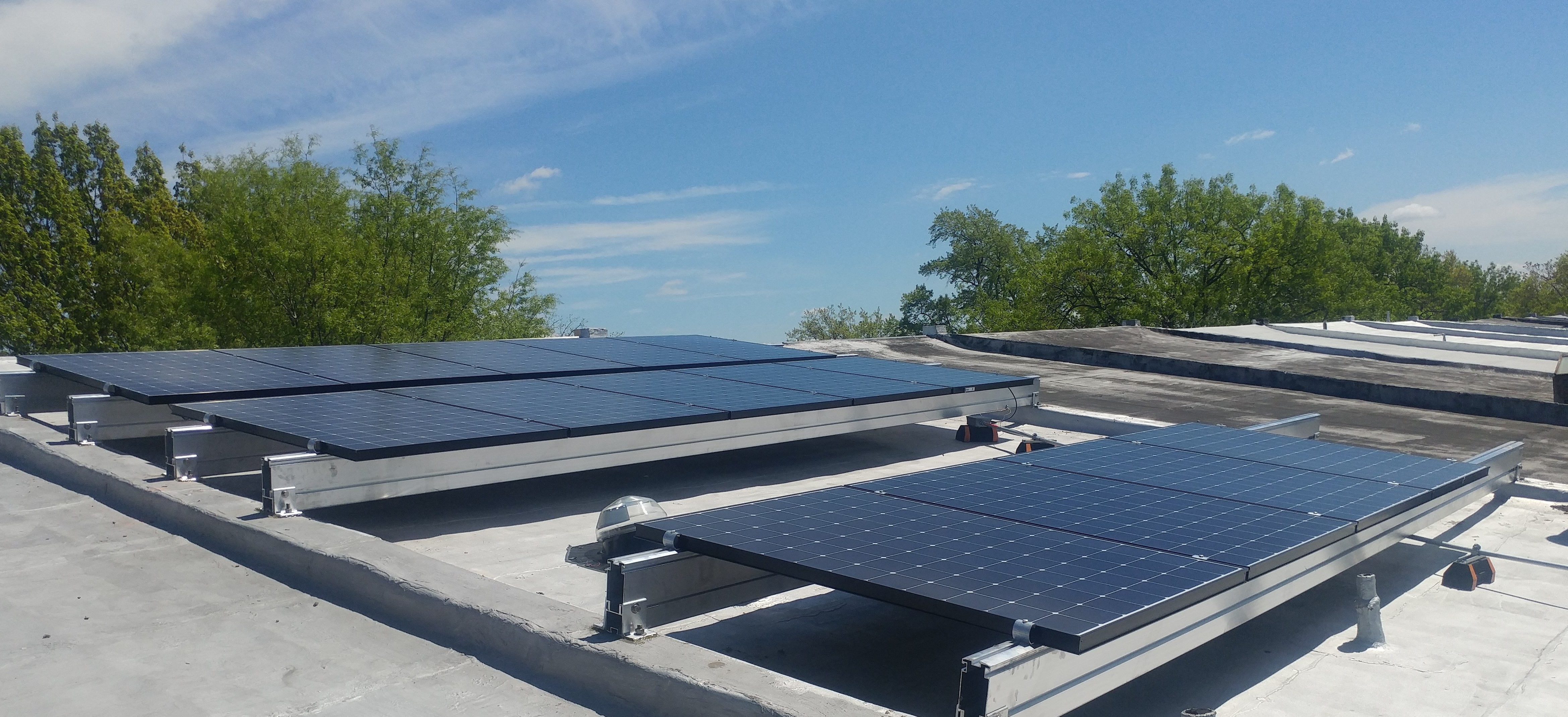
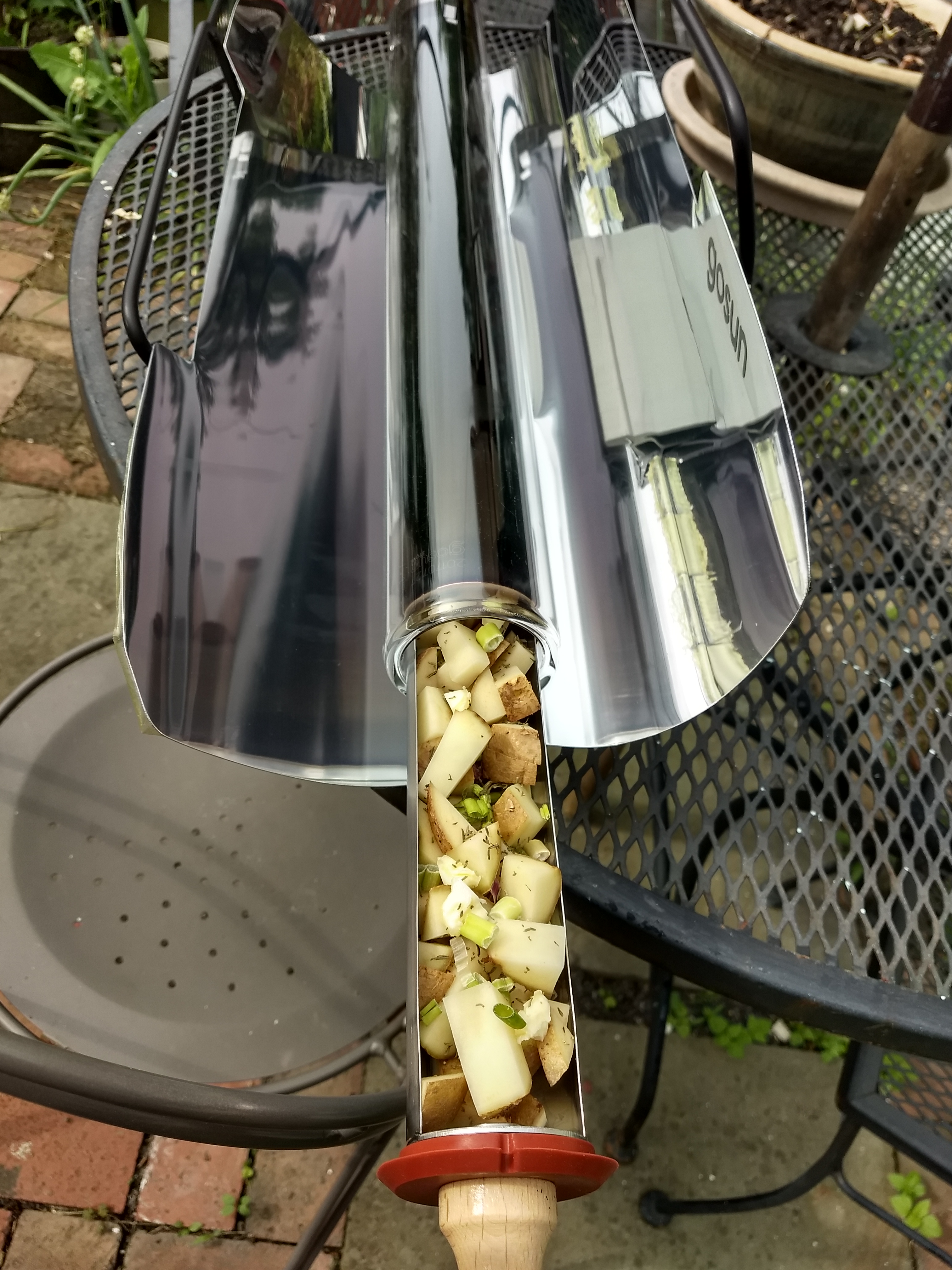
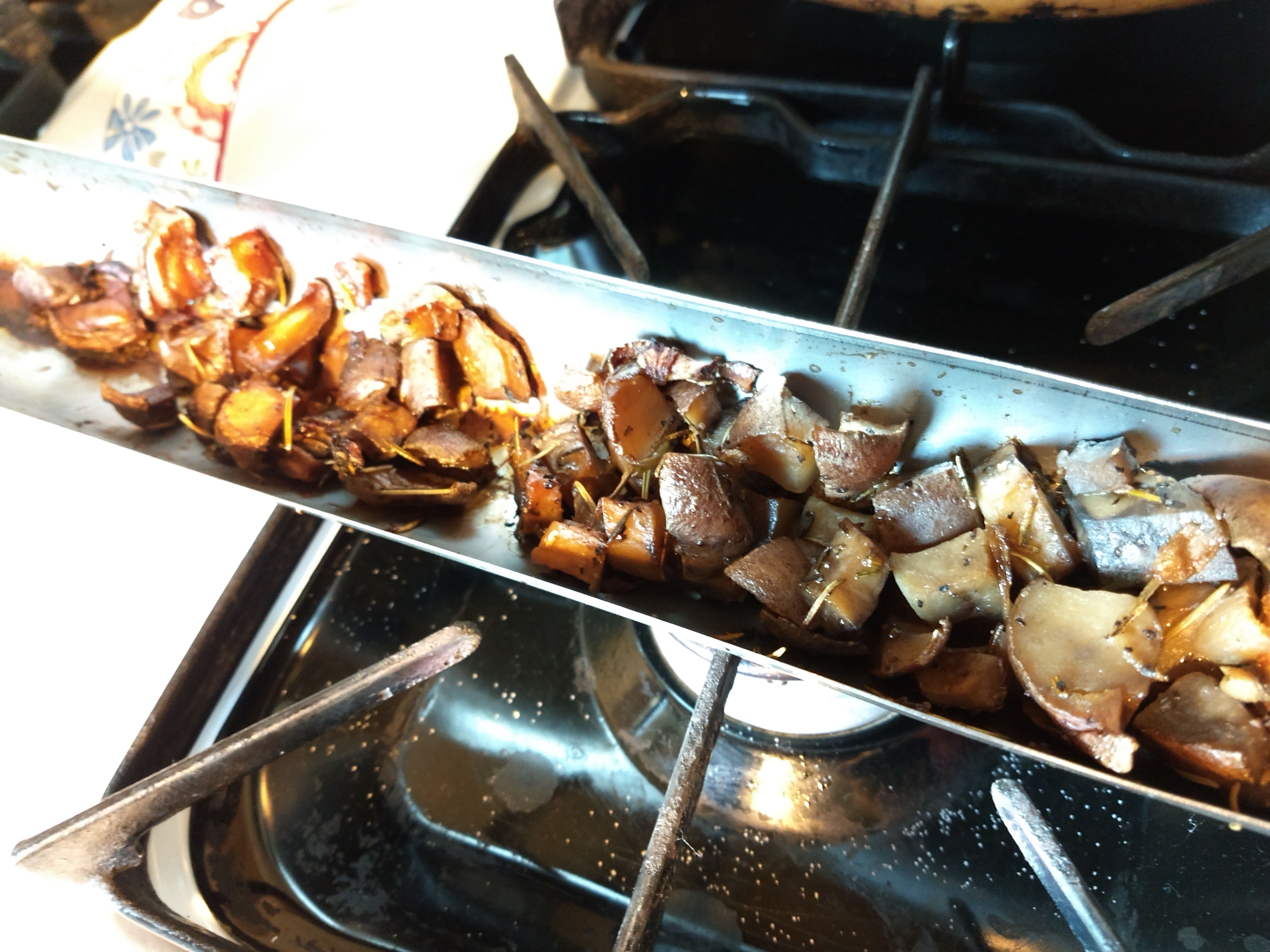
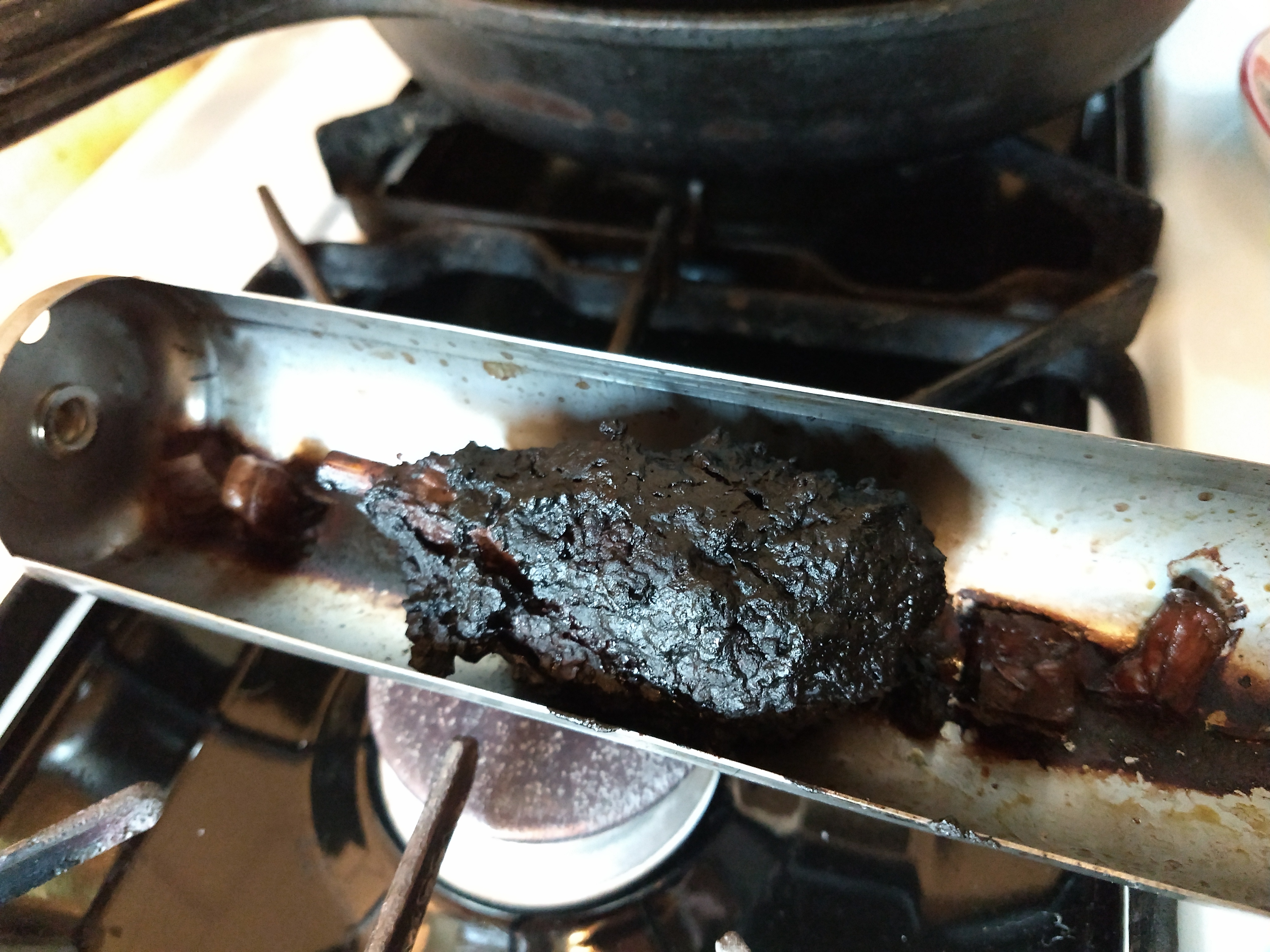
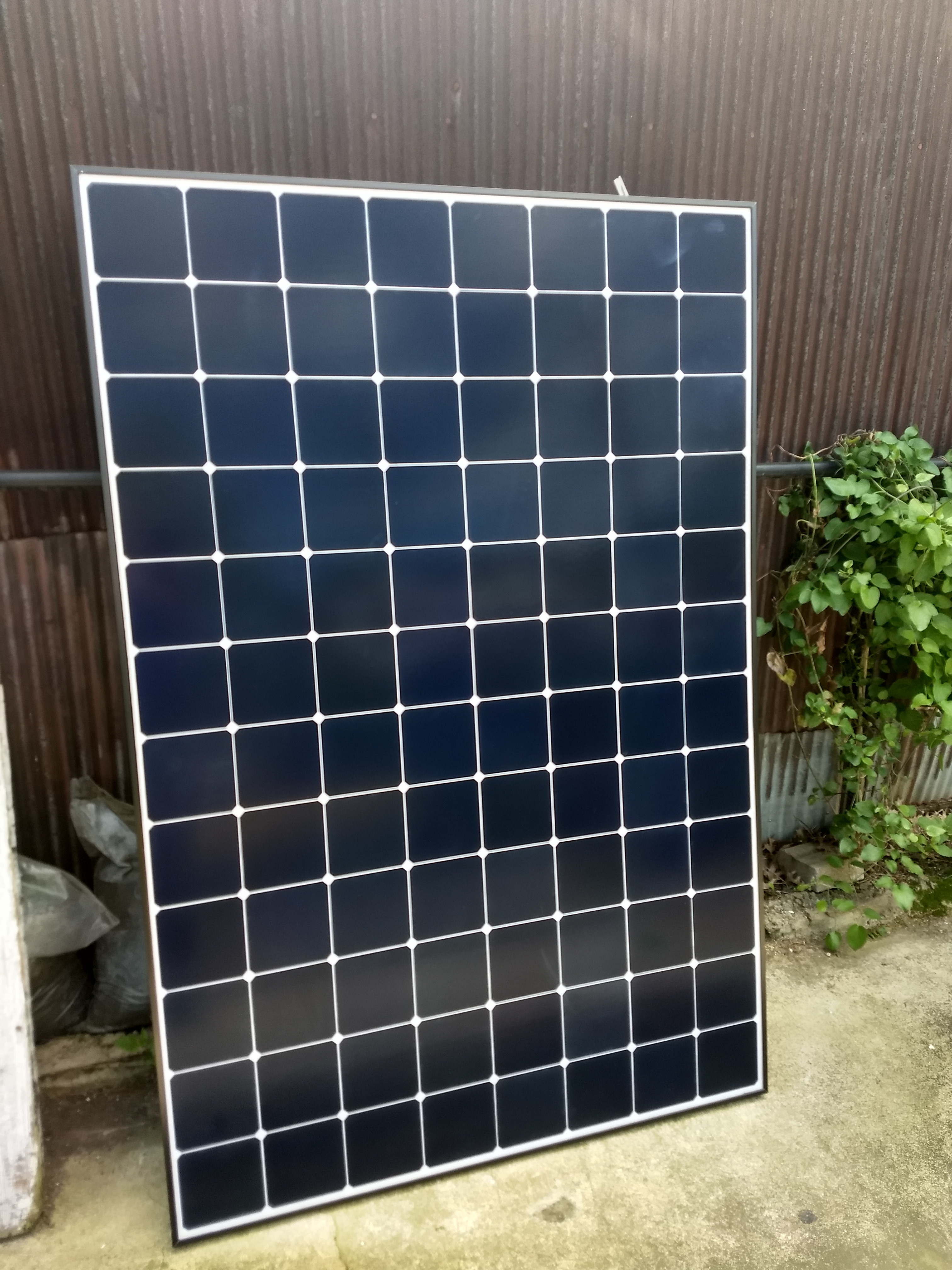
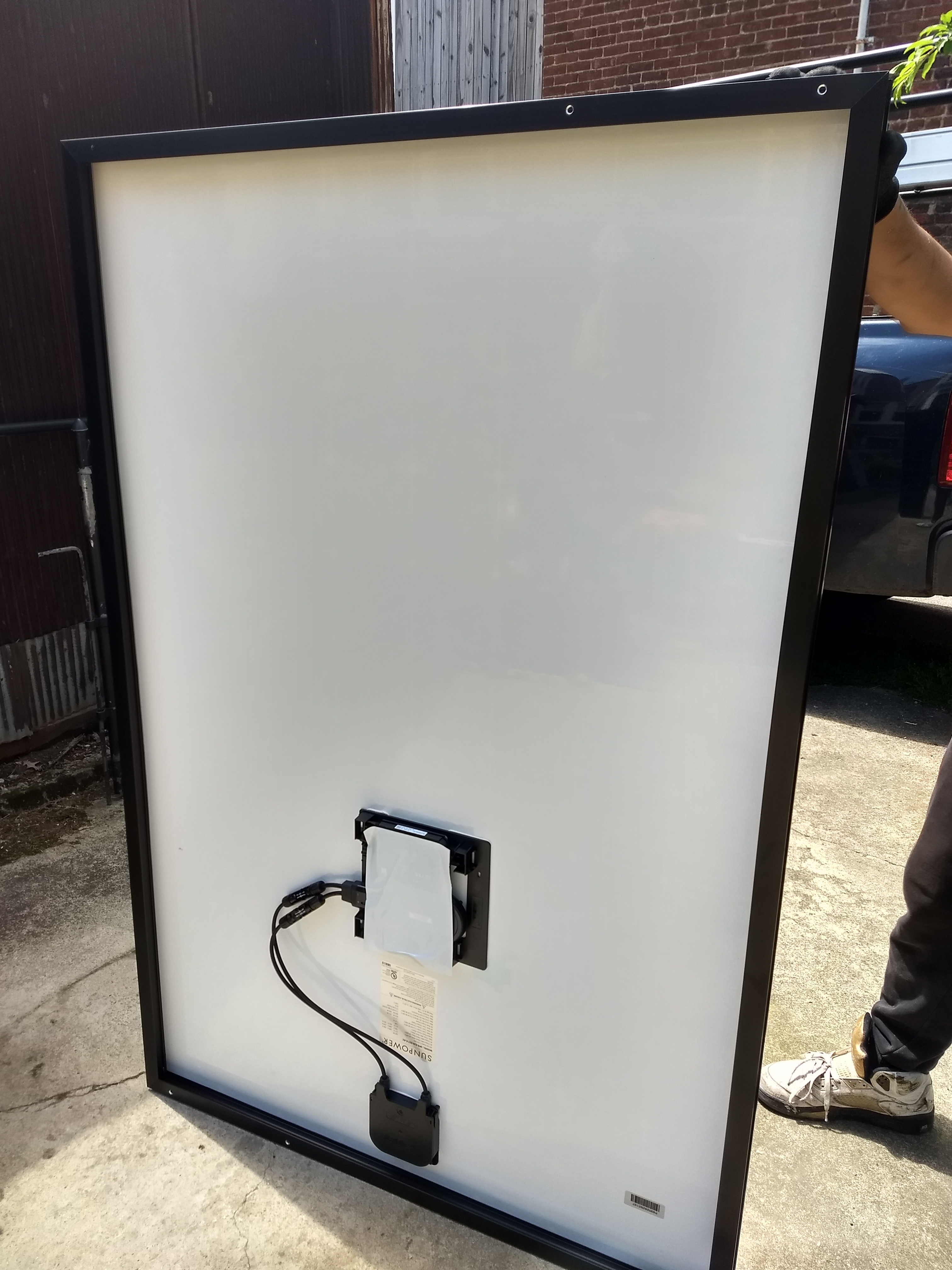
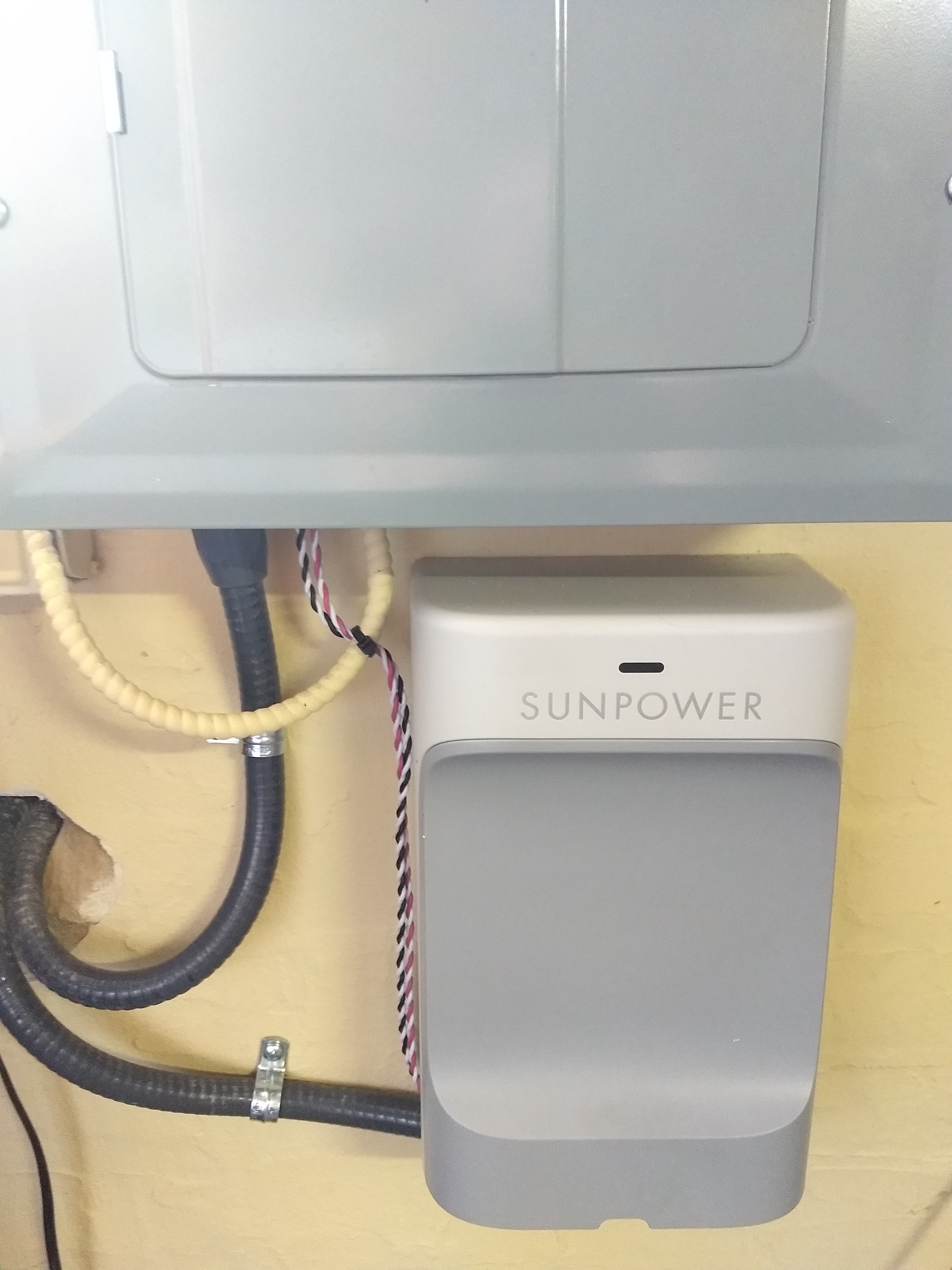
I’ll follow your updates! You’ve already convinced me about the benefit of the solar tube.
Love that!
Reblogged this on Adventures Across the Years and commented:
My most recent adventure in 2019! Still have to catch up on some others, but thought I would go ahead and post this. So happy!
Like!! I blog frequently and I really thank you for your content. The article has truly peaked my interest.